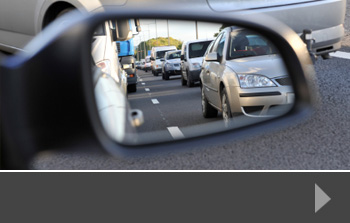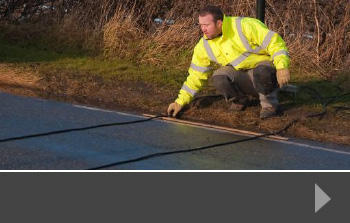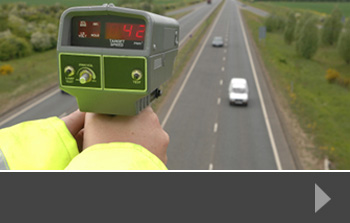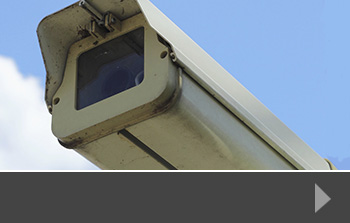Can the UK’s roads withstand extreme heat
The recent record-breaking temperatures in the UK are something we’re likely to see more of in the future – perhaps even before this summer is out. And, as we know, extreme heat plays havoc with our transport network. Rail tracks buckle and road surfaces melt and are damaged. Historically, traffic surveys deal with issues like congestion and journey times, but perhaps our planning for the future needs to look at road surfaces and how they will impact our ability to travel in the future.
Why do road surfaces melt?
In the UK, extreme heat has not historically been a problem – we are far more likely to have to deal with cold, wet weather. So our road surfaces – and other paved surfaces like runways – have been built with this in mind. For example, during winter, surfaces have to be able to cope with sub-zero temperatures.
You can lay surfaces that are able to cope with extreme heat – that’s what happens in parts of the world where extreme heat is commonplace. But the cost of relaying all the UK’s road surfaces to manage temperatures like those seen this year – up to 40°C – is prohibitively expensive.
Measuring surface temperature
The temperatures measured by the UK’s Met Office are air temperatures. But temperatures on the ground can be much higher. In fact, road surfaces can be up to 20° hotter than the air temperature. So it’s little wonder that this causes disruption to the surface. For example, many roads and runways are made of tarmac, a material that is known as ‘viscoelastic’. It has strength, but can easily become liquid in extreme heat.
This melting obviously causes danger for drivers as the road surface becomes unstable – but it can also cause problems for those driving on the road as it melts. Soft or melted tarmac can get stuck to car tyres, potentially causing damage to the car.
A report on this issue in the MailOnline quoted Matthew Lugg OBE, former president of the Chartered Institution of Highways and Transportation:
“In Mediterranean countries, road materials are designed to cope with a different temperature range than the UK. As result of previous heat waves in the 1970s and 1980s, the specification for road materials was improved to include poly-modified binders which are far more resilient to higher temperatures. A lot of the current damage that is happening on the local road network is caused by older road surfacing materials that are less resilient to heat damage that the newer products.”
Traffic surveys and ANPR counts from RDS
Whatever the focus for your road network planning, we can help. With a wide range of traffic, parking and journey surveys, we can support planners and developers with accurate data delivered however you need it to inform decision making. To find out more, contact us today.















